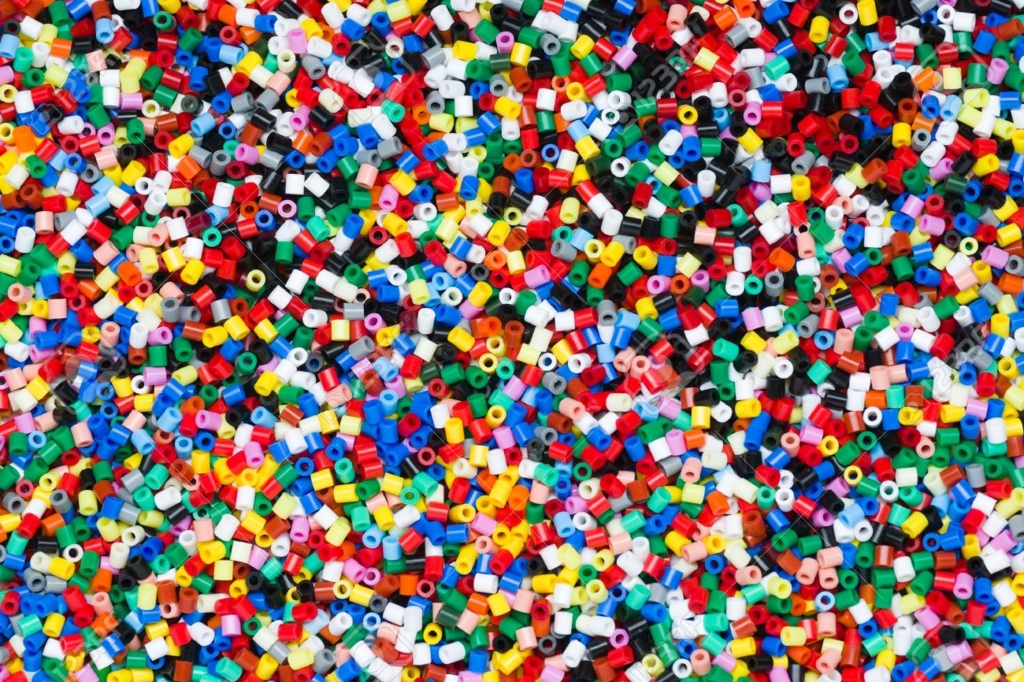plastic material advantages and process

Advantages
Plastics are light in weight, but for their weight, they are prodigiously
strong. They can be changed into end products by relatively simple means,
and they have a good appearance and a good feel. The advantages in the
use of plastics as compared to other materials include:
- a wide range of color possibilities,
- adaptability to mass production methods,
- good physical properties and excellent chemical resistance.
- the over-all cost often is lower.
This last advantage is dependent on the process used to
produce the final product.
Processes
The various processes for changing the raw materials (the resins and
molding powders) into the finished items are described in Chapter 7. The
most common of these are injection molding, compression molding and
extrusion.
While there are many plastics in commercial use today the number is
still growing. The vinyls, for instance, include polyvinyl chloride-acetate, polyvinylidene chloride, and polyvinyl butyral,
to name but three forms. The most common form, polyvinyl chloride, is
what is usually referred to by the term vinyl.
Nomenclature
Because many of the names for plastics are complicated, and also because
they sometimes differ with different users, the following simplified forms
are used frequently .
ABS : acrylonitrile-butadiene-styrene
Acrylic: methyl methacrylate or acrylate ester
Acetate: cellulose acetate
Butyrate: cellulose acetate butyrate
Nitrate: cellulose nitrate or nitrocellulose or pyroxylin
Melamine: melamine-formaldehyde (sometimes called melamine resins)
Phenolic: phenol-formaldehyde
Urea : urea-formaldehyde
Fluorocarbons : polychlorotrifluoroethylene and polytetrafluoroethylene
Other terms which should be more fully understood at this point are
theromsetting and thermoplastic.
Thermosetting is an adjective applied to plastics that solidify or set on
heating and cannot be remelted. The thermosetting property usually is
associated with a cross-linking reaction which forms a three-dimensional
network of polymer molecules. Typical of the thermosetting materials
are the phenolics and the ureas. In general, thermoset materials cannot be
reshaped once they have been fully cured.
Thermoplastic is an adjective applied to plastics that may be softened
by heat and which upon cooling regain their solid state, even if the process
is repeated. Typical of this group are polystyrenes, acrylics and vinyls.
In view of the importance of terms to any approach to plastics.
by Steven ,a PET preform mould supplier:
http://www.myplasticmold.com/pet-mold